Molecular ions or neutral compounds known as "metal cluster compounds" are made up of three or more different metals and exhibit strong metal-metal interactions. Fe2(CO)9 and Fe3(CO)12 were swiftly isolated as a result of the rapid formation of metal carbonyl clusters like Ni(CO)4 and Fe(CO)5. The "unsupported" Mn-Mn link in Mn2(CO)10 was found by Rundle and Dahl, proving that metals may form bonds with one another in molecules. Using [Rh13(CO)24H3]2 as an example, Paolo Chini demonstrated in the 1970s how to build very big clusters from platinum metals. The single-crystal X-ray diffraction technique has been useful in this field of cluster chemistry. Low-valent early metal halides frequently consist of clusters with strong M-M bonding. In contrast, there is abundant metal-halide bonding in the higher halides of these metals and almost all of the late transition metals. It was proven that ferredoxin contains Fe4S4 clusters in the 1970s, and nitrogenase later had a distinct MoFe7S9 active site revealed. Although some of the Fe-S clusters have catalytic properties, they primarily act as redox cofactors. In the field of bioinorganic chemistry, numerous Fe-S clusters with CO as ligands have also been discovered. Metal atom clusters called elementoid clusters have more direct contacts between the elements than between the elements and ligands because they are stabilised by ligands. Ligand stabilised cores of Al77, Ga84, and Pd145 are examples of structurally characterised clusters.

Stanislaw Dzwigaj
Sorbonne University, France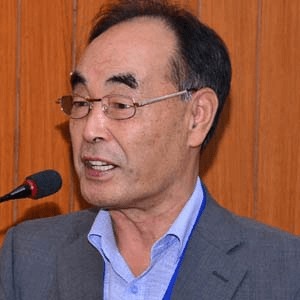
Dai Yeun Jeong
Asia Climate Change Education Center, Korea, Republic of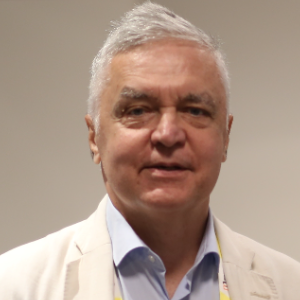
Sergey Suchkov
N.D. Zelinskii Institute for Organic Chemistry of the Russian Academy of Sciences, Russian Federation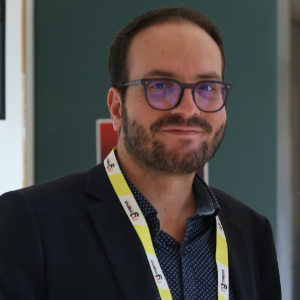
Enrico Paris
CREA-IT & DIAEE, Italy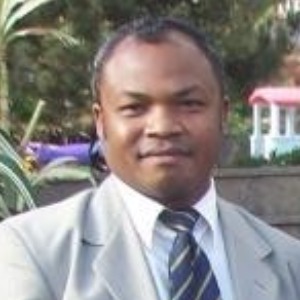
Rabeharitsara Andry Tahina
GPCI-ESPA Antananarivo University, Madagascar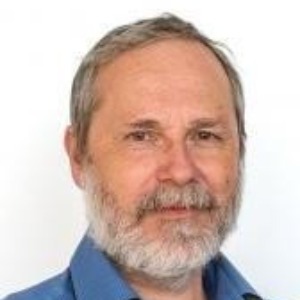
Jiri Dedecek
J Heyrovsky Institute of Physical Chemistry , Czech Republic
Uday Som
Research and Development Engineer, Japan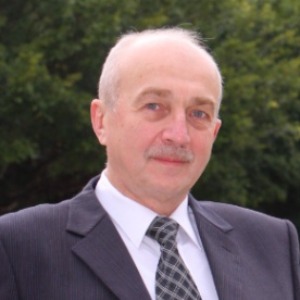
Vladimir G Chigrinov
Hong Kong University of Science and Technology, Russian Federation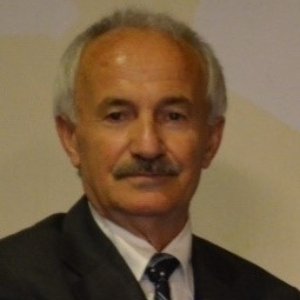



Title : Distant binuclear vanadium V(II) cationic sites in zeolites and their reactivity
Jiri Dedecek, J Heyrovsky Institute of Physical Chemistry , Czech Republic
Title : Advanced nanostructures for carbon neutrality and sustainable H₂ energy
Tokeer Ahmad, Jamia Millia Islamia, India
Title : Personalized and Precision Medicine (PPM) as a unique healthcare model via bi-odesign, bio- and chemical engineering, translational applications, and upgraded business modeling to secure the human healthcare and biosafety
Sergey Suchkov, N.D. Zelinskii Institute for Organic Chemistry of the Russian Academy of Sciences, Russian Federation
Title : Antibody-proteases as a generation of unique biomarkers, biocatalysts, potential targets and translational tools towards nanodesign-driven biochemical engineering and precision medical practice
Sergey Suchkov, N.D. Zelinskii Institute for Organic Chemistry of the Russian Academy of Sciences, Russian Federation
Title : Dimethyl ether synthesis from syngas over Cu-Zn/Al2O3 catalysts prepared using the Sol-Gel method
Uday Som, Research and Development Engineer, Japan
Title : Influence of various catalysts on H₂ enhancement and CO2 capture during syngas upgrading
Enrico Paris, CREA-IT & DIAEE, Italy
Title : Photoaligned azodye nanolayers : New nanotechnology for liquid crystal devices
Vladimir G Chigrinov, Hong Kong University of Science and Technology, Russian Federation
Title : Application of vanadium, tantalum and chromium single-site zeolite catalysts in catalysis
Stanislaw Dzwigaj, Sorbonne University, France
Title : Oxidation of methane to methanol over pairs of transition metal ions stabilized in the zeolite matrices
Jiri Dedecek, J Heyrovsky Institute of Physical Chemistry , Czech Republic
Title : The Concept and Implications of Low Carbon Green Growth
Dai Yeun Jeong, Asia Climate Change Education Center, Korea, Republic of